Introduction
The World Health Organization Disability Assessment Schedule 2.0 (WHODAS 2.0) stands as a pivotal instrument for measuring health and disability across various adult populations. Developed by the World Health Organization (WHO) and first published around 2000, with a significant update in 2010 by T Bedirhan Ustün and a WHO/NIH Joint Project team, the WHODAS 2.0 aims to objectively evaluate an individual’s daily performance and the impact of their condition on life functions.
Its development, detailed in a 2010 Bulletin of the World Health Organization article which has garnered over 1780 citations, underscores its significance in the scientific community. This questionnaire provides a standardized method for assessing limitations in functioning, making it invaluable for both clinical and research settings worldwide.
Key Features of the The World Health Organization Disability Assessment Schedule 2.0 (WHODAS 2.0)
Purpose and Use
Primarily, the WHODAS 2.0 measures the extent of disability and its impact on an individual’s daily performance across various life areas. This comprehensive assessment helps to objectively evaluate basic and complex life functions. Consequently, it finds common use in psychiatry, neurology, rehabilitation medicine, rheumatology, and internal medicine. Moreover, it is applied in studies related to anxiety disorders, arthritis, bone diseases, hearing disorders, immunologic deficiency syndromes, macular degeneration, multiple sclerosis, psychotic disorders, schizophrenia, sclerosis, and stroke.
Questionnaire Details
WHO offers the WHODAS 2.0 in two main versions to suit different assessment needs:
- 36-item Version: This comprehensive version provides a detailed exploration within each domain. The items are distributed as follows:
- Comprehension and Communication Domain: Approximately 6 items.
- Mobility Domain: Approximately 5 items.
- Self-Care Domain: 4 items.
- Interpersonal Relations Domain: 5 items.
- Daily Activities Domain: 8 items.
- Social Participation Domain: 8 items. This detailed breakdown ensures an accurate assessment of multiple aspects of daily functioning.
- 12-item Version (Short Version): This version consists of 12 items selected from the comprehensive version, with each of the 6 domains represented by 2 items. It offers a quick and efficient assessment, particularly useful in contexts requiring rapid application while maintaining overall assessment accuracy.
The questionnaire also has self-administered, interview, and brief versions, chosen according to the assessment context and purpose. The self-administered version is generally faster, while the interview version provides support for those who may need clarification and it takes approximately.
Target Population
The WHODAS 2.0 is designed for individuals aged 18 and older. This includes:
- Young Adults (18-24 years)
- Middle-Aged Adults (25-44 years)
- Older Adults (45-64 years)
- Seniors (65+ years)
Its design explicitly excludes children, adolescents under 18, and students in high school or college/university unless they fall within the adult age range.
Languages Available
Recognizing the need for global applicability, the WHODAS 2.0 has been translated into over 30 languages. Some of the available languages include:
- Arabic
- English
- Spanish
- French
- Russian
- German
- Japanese
- Hindi
This multilingual availability significantly facilitates its use in international research and diverse clinical settings.
Cost and Licensing
WHO generally offers the WHODAS 2.0 for free. However, to license WHODAS 2.0, for instance, for inclusion in electronic records or data capture systems, or for any form of reproduction, one should go to Licensing WHO Classifications. While freely available (open in terms of cost and access), it is not fully open for modification or translation without permission; Users must register, avoid substantive changes, and obtain permission before translating the tool. Essentially, it can be considered in the public domain by the WHO under these specific conditions.
Scoring Method
Understanding the scoring of WHODAS 2.0 is crucial for its effective use. Each item uses a 5-point Likert scale, where 0 indicates “no problem” and 4 signifies an “extreme problem”. Users can choose between two primary methods to compute summary scores for both the short and full versions:
- Simple Scoring: This method involves summing the scores assigned to each item (0 for “none”, 1 for “mild”, 2 for “moderate”, 3 for “severe”, and 4 for “extreme”). It’s straightforward because scores are added without recoding or weighting, making it practical for hand-scoring in busy clinical settings or paper-pencil interviews. The simple sum across all domains provides a statistic describing the degree of functional limitations.
- Complex Scoring (Item-Response-Theory – IRT based): This more sophisticated method considers multiple levels of difficulty for each item. It takes the coding for each item response as “none”, “mild”, “moderate”, “severe” and “extreme” separately, and It uses an algorithm (SPSS algorithm available from WHO) to differentially weight items and severity levels to determine the summary score.
Researchers follow three steps in the scoring process to generate a 0-100 metric:
- Step 1: Summing of recoded item scores within each domain.
- Step 2: Summing of all six domain scores.
- Step 3: Converting the summary score into a metric ranging from 0 to 100 (where 0 = no disability; 100 = full disability). Users can find further details on the WHO website regarding its International Classification of Functioning, Disability and Health.
Administration Format
The WHODAS 2.0 offers flexibility in its administration.
- Administration Time: The self-administered version typically takes 5-10 minutes to complete, while the interview version may take around 20 minutes.
- Administration Format: Clinicians can administer it through various formats, including paper-based, digital (online), mobile app, in-person interview, or phone/video call.
- Training Required: Generally, no special training is needed for the self-administered version. However, for the interview version, interviewers must be trained using the manual “Measuring Health and Disability: Manual for WHO Disability Assessment Schedule – WHODAS 2.0 (WHO 2010)”. This manual includes an interview guide and other training materials. Proxy versions can also be used where family members or caretakers provide responses.
Clinical Utility and Applications
The WHODAS 2.0 serves multiple critical functions in both clinical practice and research settings:
- Screening: It helps identify individuals whose daily functioning is significantly impacted by their health condition.
- Monitoring: The tool is invaluable for tracking changes in functioning and disability levels over time, especially in response to interventions or treatments.
- Treatment Planning: By assessing various domains of functioning, WHODAS 2.0 assists clinicians in developing tailored interventions.
- Research: Researchers widely use WHODAS 2.0 in studies to measure health status and disability, contributing to evidence-based practices. While it is helpful for diagnostic purposes, it is not intended to be used as an independent diagnostic tool.
Reliability and Validity
Experts recognize the WHODAS 2.0 as a highly reliable and valid instrument.
It demonstrates good reliability, with a reported Cronbach’s alpha of 0.86. Numerous validation studies support its psychometric properties. For instance, You can find a key publication on WHODAS 2.0’s development and validation in PubMed Central. The 2010 update also focused on improving psychometric properties, clarity of instructions, and cross-cultural compatibility.
Limitations and Considerations
Despite its strengths, the WHODAS 2.0 has a few limitations:
- Length: While a 12-item version exists to address this, some users might still find the 36-item version lengthy.
- Age Restrictions: The WHODAS 2.0 is specifically validated for adults aged 18 and older, making it unsuitable for younger populations.
Other Versions and Adaptations of WHODAS 2.0
As mentioned, besides the 36-item and 12-item versions, there are self-administered, interview, and brief versions. All these versions utilize the same guide and are selected based on the specific context and purpose of the assessment. The 2010 update reworded and enhanced the questionnaire, improving instruction clarity, psychometric robustness, and cross-cultural applicability.
Other related questionnaires include:
LIFE-H, MQE
Additional Resources
- A direct link to the Original Validation Study detailing its development: Study link
- You can access the WHODAS 2.0 Self-Administered Questionnaire as a PDF through this Link
- For inquiries, contact Dr. T. Bedirhan Üstün, a key figure in its development: Email: ustunb@who.int, Tel: +41 22 791 3609. Alternatively, general contact information for WHO can be found at this Link
- For additional WHODAS 2.0 resources, including the manual and information on licensing, consult the World Health Organization (WHO):
Further research and applications can also be explored via academic databases such as Taylor & Francis Online: Access Here
Frequently Asked Questions (FAQ)
- Who can use the WHODAS 2.0?
Clinicians, researchers, and healthcare providers can use the WHODAS 2.0 for individuals aged 18 and older to assess disability and functioning across various health conditions. - How long does it take to complete the WHODAS 2.0?
The self-administered version typically takes 5-10 minutes, while the interview-administered version takes about 20 minutes to complete. - How is the WHODAS 2.0 administered?
Healthcare teams can administer the questionnaire via paper, digital (online), mobile app, or through in-person, phone, or video call interviews. - Is there any cost to using the WHODAS 2.0?
The WHODAS 2.0 is free for general use. However, licensing is required for embedding it into electronic systems or for reproduction, and permissions are needed for translations or modifications.
A Word From ResRef on the WHODAS 2.0
The 2010 Guide is an important and official source for understanding how to use, apply, and calculate scores for the WHODAS 2.0. This questionnaire aims to measure the extent of disability and its impact on an individual’s daily performance, which helps to objectively evaluate basic and life functions. With versions like the 36-item for detailed assessment and the 12-item for rapid application while maintaining accuracy, WHODAS 2.0 provides a versatile approach to understanding functional limitations.
References
Ustün TB, Chatterji S, Kostanjsek N, Rehm J, Kennedy C, Epping-Jordan J, Saxena S, von Korff M, Pull C; WHO/NIH Joint Project. Developing the World Health Organization Disability Assessment Schedule 2.0. Bull World Health Organ. 2010 Nov 1;88(11):815-23. doi: 10.2471/BLT.09.067231. Epub 2010 May 20. PMID: 21076562; PMCID: PMC2971503. Link



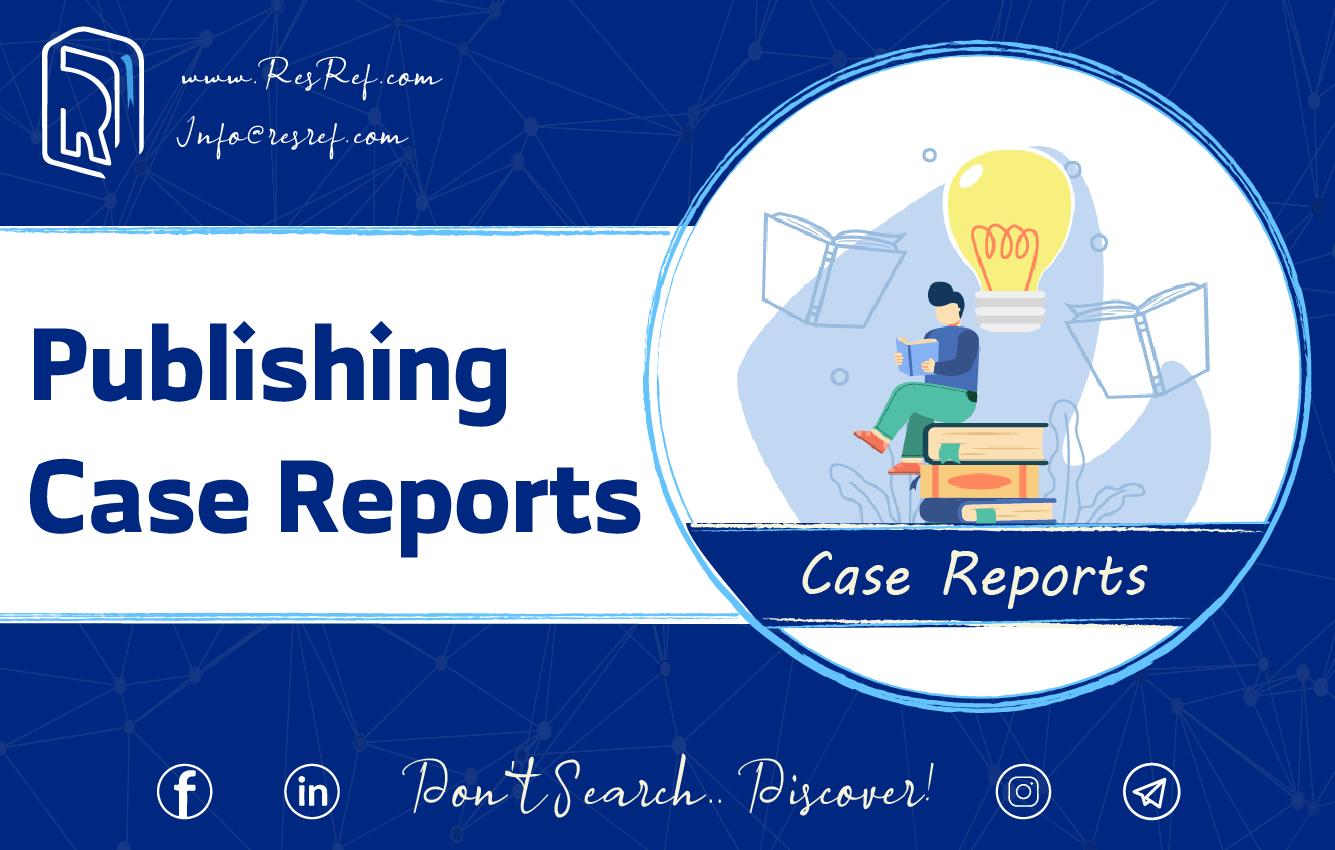
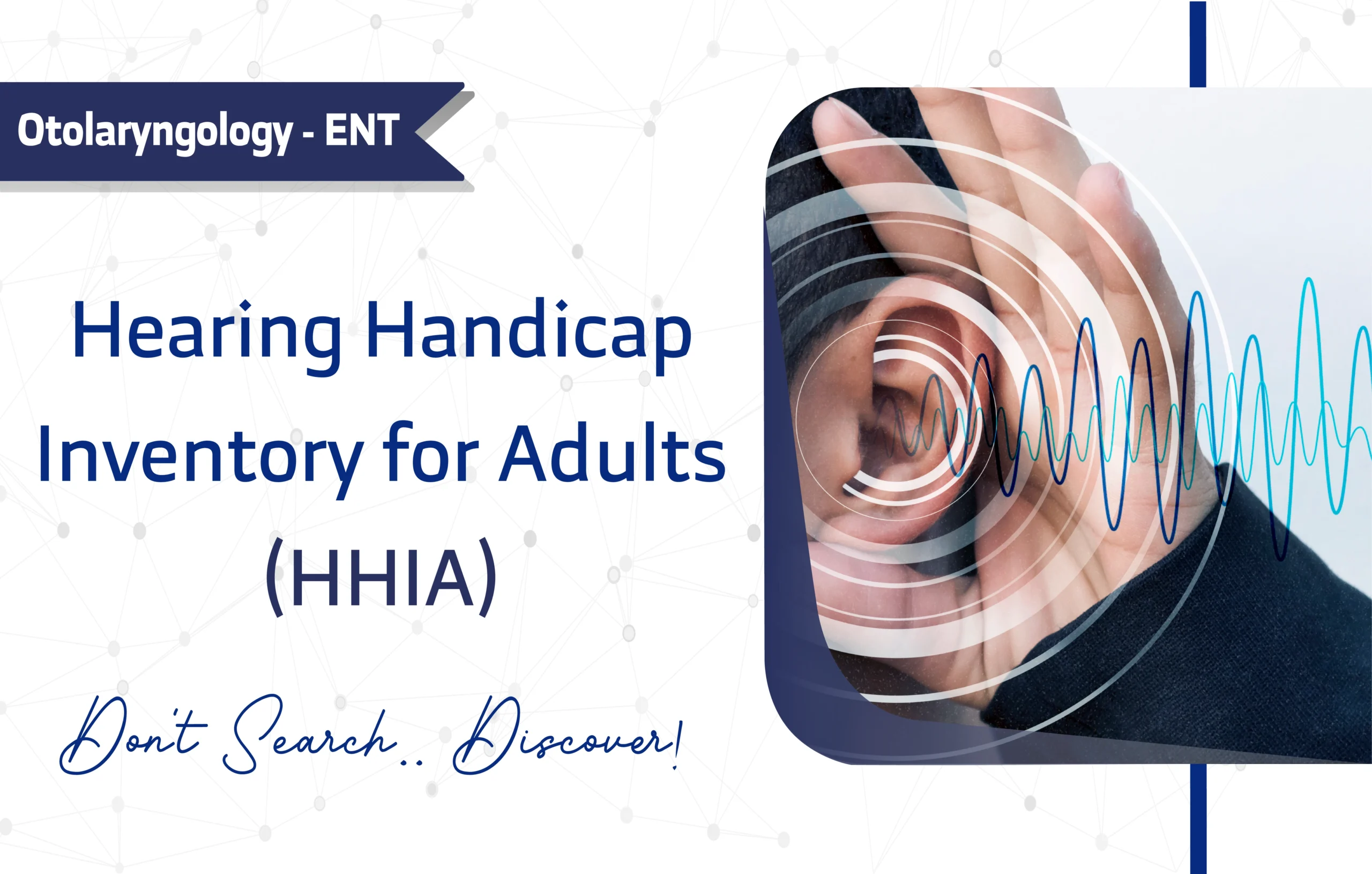
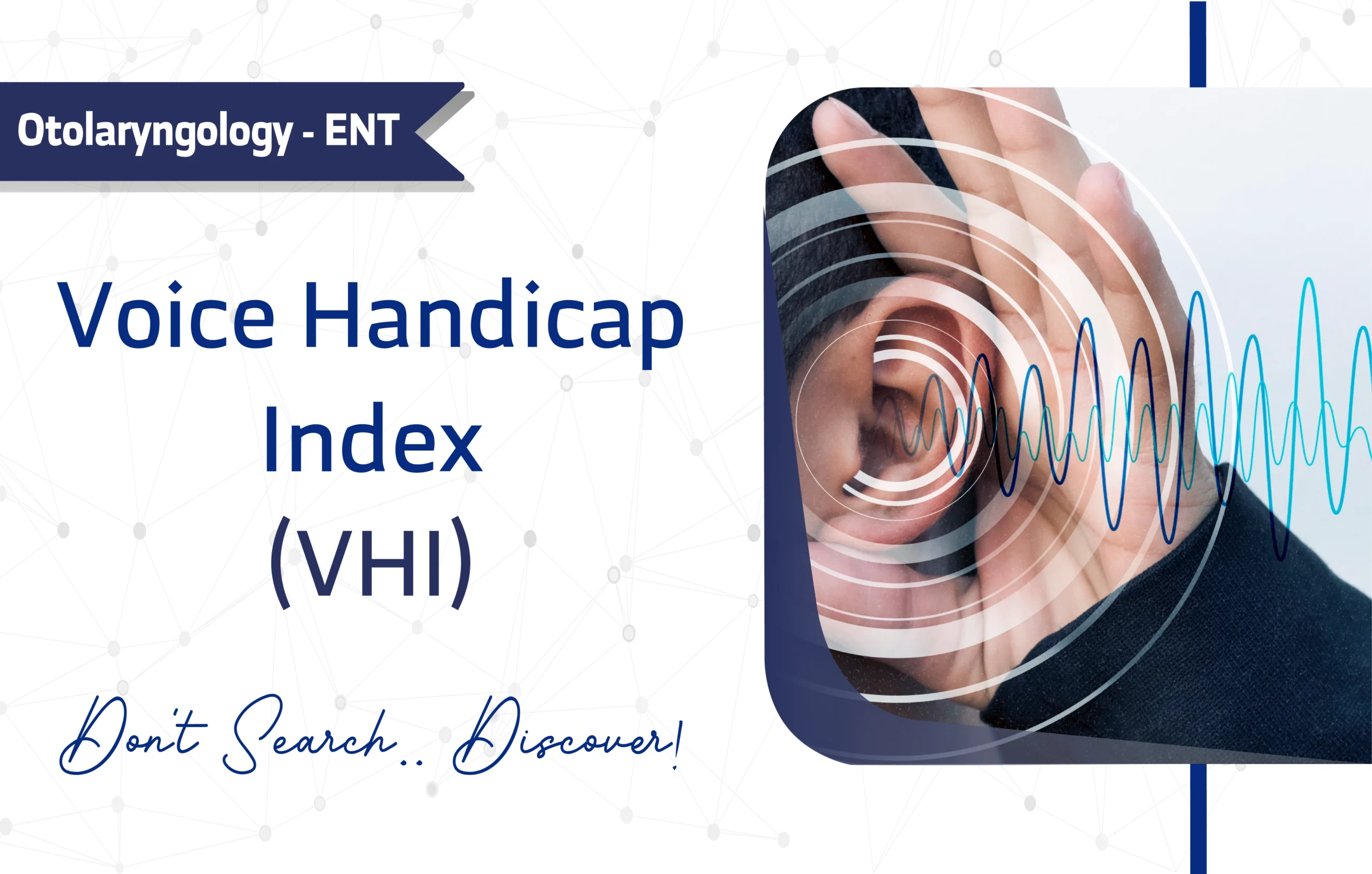
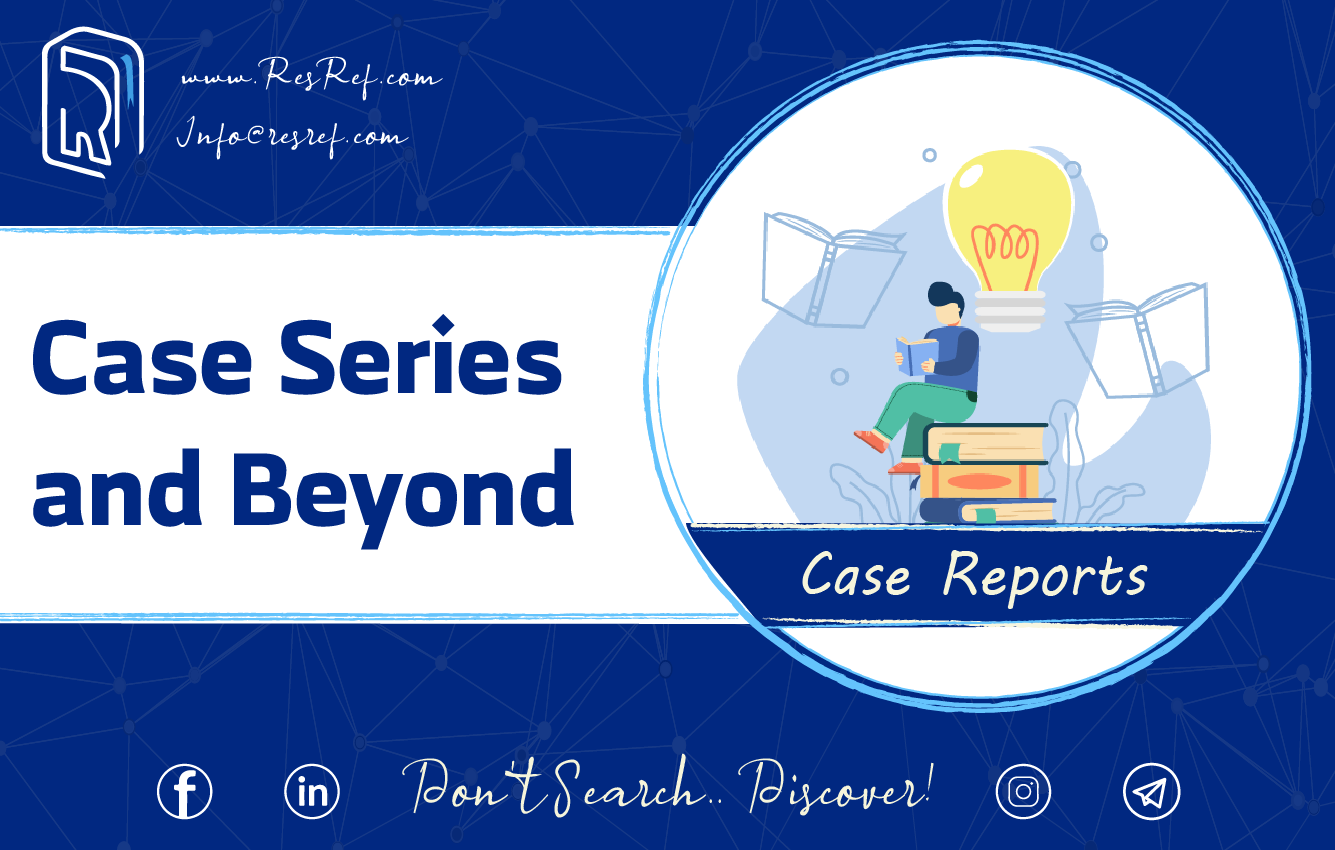

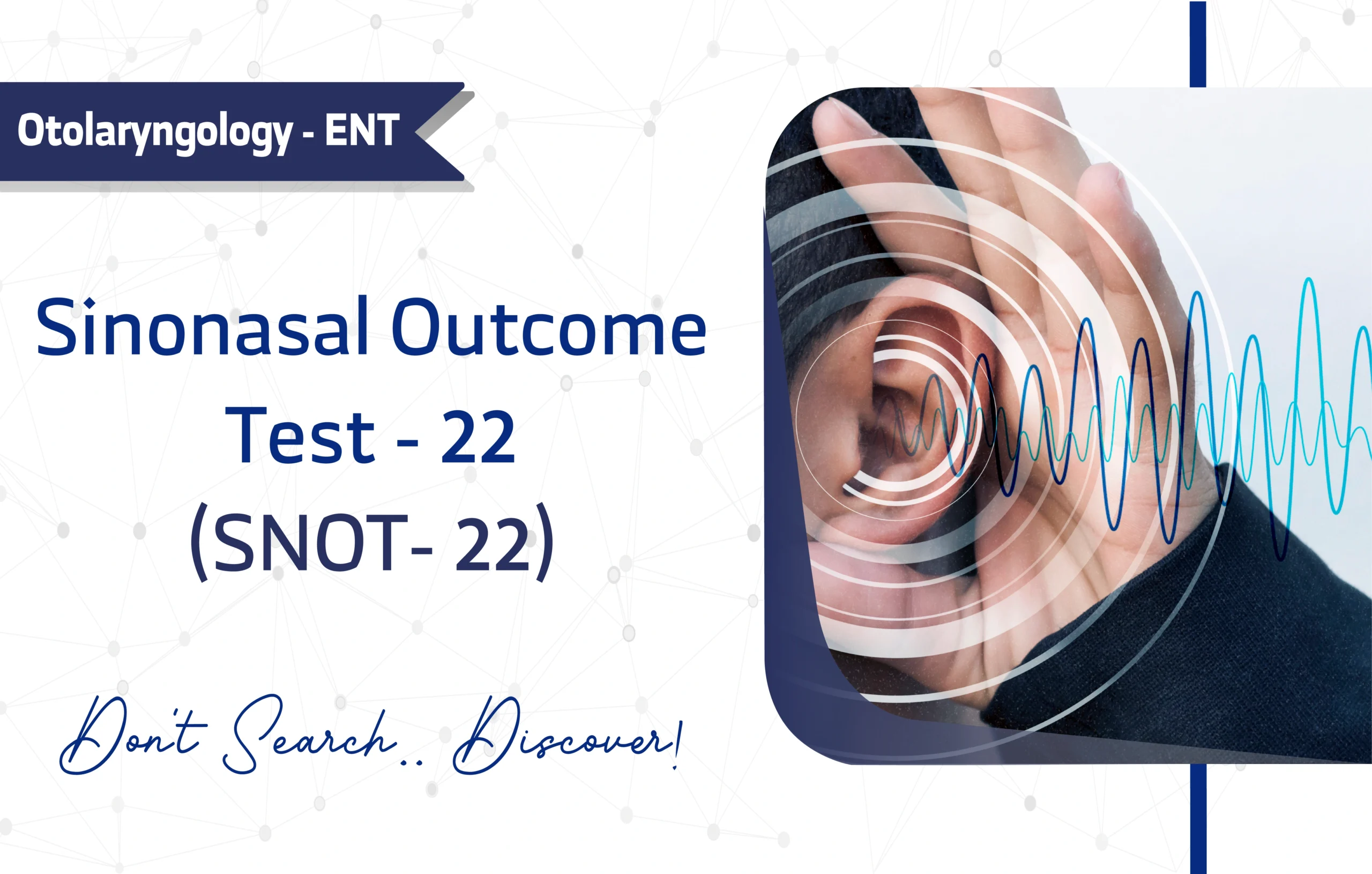
1 thought on “The World Health Organization Disability Assessment Schedule 2.0 (WHODAS 2.0): A Full Guide for Researchers and Clinicians”
I really enjoyed reading this article! It’s clear, informative, and written in a way that makes complex health topics easy to understand. I appreciate how the authors combine solid research with practical insights. it makes the content both useful and enjoyable to read. Great job, and I’ll definitely be coming back to this site for more!